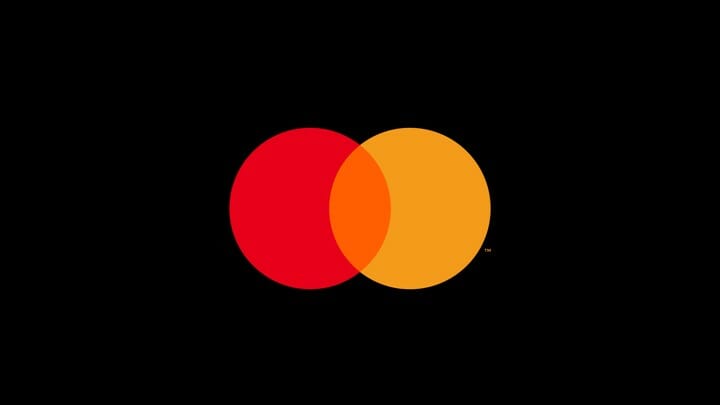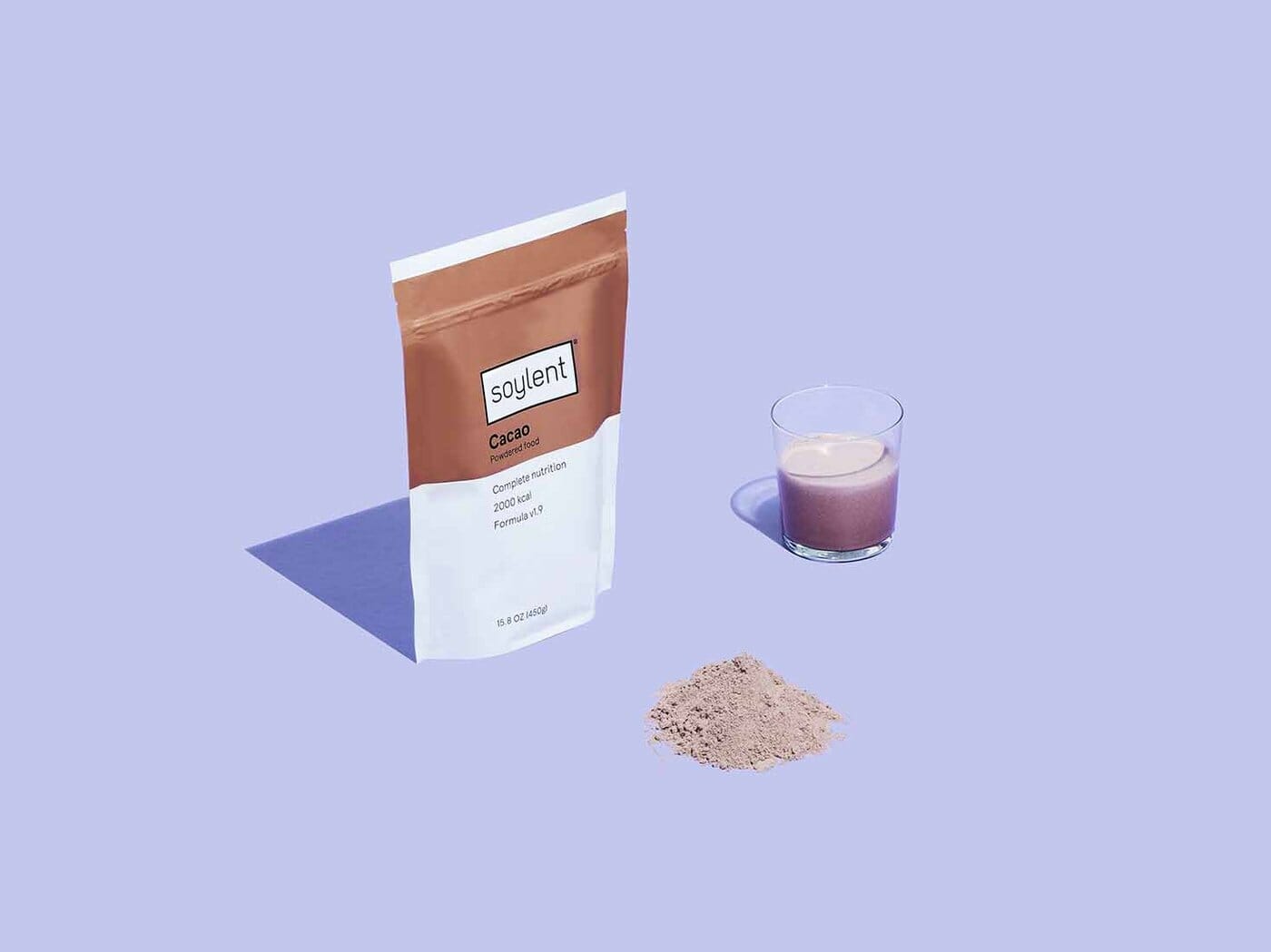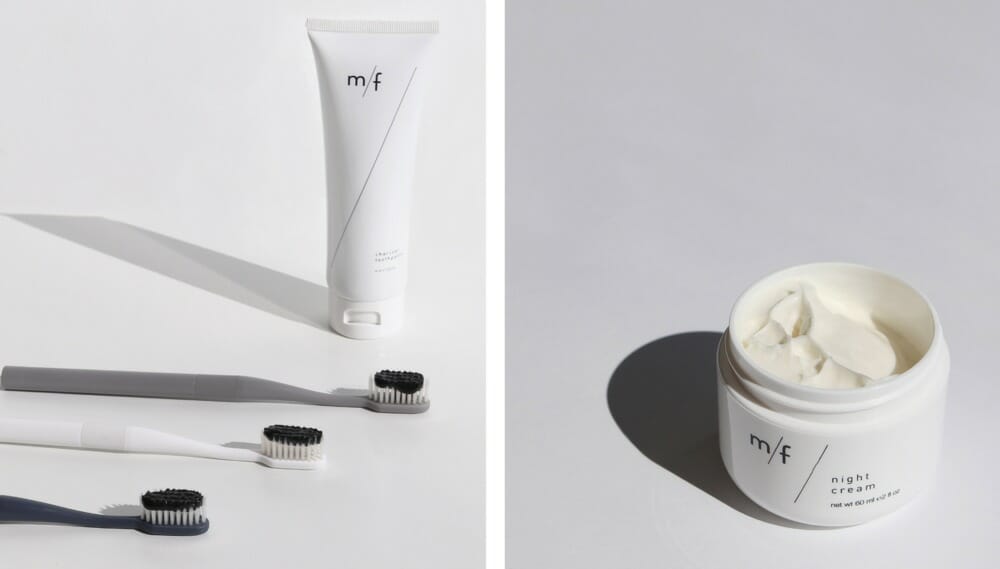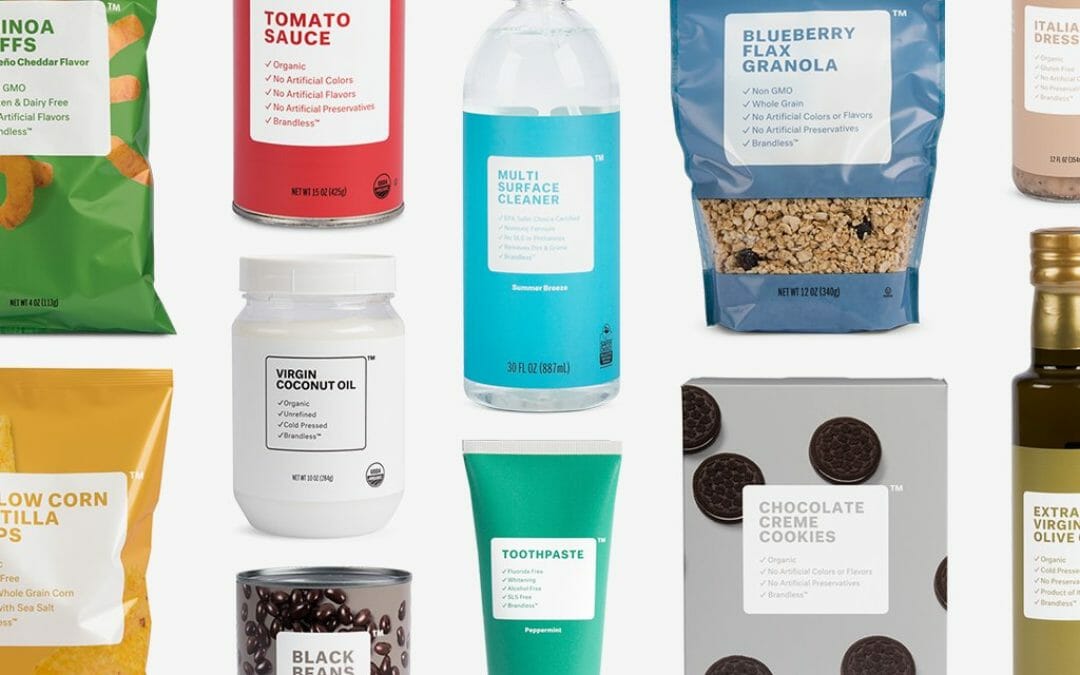There’s No Brand Like No Brand at All
At its heart, branding is about clarity. When we do our job right, we deliver clarity of purpose, message, and design. In this space, minimalism is something that is hard earned. The paradox is that it takes decades of tireless work to reach a stage in which your brand is so ubiquitous, it’s nearly invisible.
Brands like Nike, Mastercard, McDonald’s, Starbucks, and Shell all utilize wordless logos, the end result of a process that’s sometimes called “debranding” or “decorporatizing.” The benefits of reaching this iconic tier are innumerable: nameless logos evoke more personal and immediate reactions, stay in your memory longer, and allow your brand to flex with the future.
In addition, symbolic brands have a way of winning over consumers who are increasingly skeptical of big corporations. A recent survey by the public-relations firm Cohn & Wolfe found that 80 percent of global consumers now consider brands neither open nor honest. “Consumers are jaded about advertising in a way they weren’t several decades ago,” says Adam Alter, an Associate Professor of Marketing at New York University’s Stern School of Business. “It is harder to appeal to them than it used to be, and they tend to see through overt marketing pitches. Companies have had to learn subtlety.”

The Illusion of Brandlessness
Perhaps it’s these two forces, the desire for clarity through minimalism and the need to cut through the noise in an authentic way, that has led to the bloom of “no-brand brands.” If you spend time on Instagram, chances are you’re already acquainted with Brandless. Launched in 2017, this San Francisco-based company offers lower prices on basic household goods by cutting out what it calls the BrandTax™: “the hidden extra costs you typically pay for a retail brand,” which encompass both logistical and branding expenses. With a minimalist aesthetic and self-descriptive copy, the company is betting on products that are purely functional and seemingly generic. How’s that bet working? Well, they’ve raised over $290 million in funding so far.
The idea of “brandlessness” is no new thing. MUJI is a Japanese retailer with a mission to deliver “no brand quality goods.” M/F People, a cosmetics and clothing startup, was founded with an emphasis on owning just a “handful of valued things.” They offer an array of luxury, non-gendered products, aimed to take the chaos and choice out of your morning routine. And then, of course, there’s no name – a line of yellow-clad Canadian groceries with, you guessed it, no name. (See also: Soylent, The Ordinary, etc.)

Sorry, But There’s No Escaping Brand
Like it or not, Brandless, MUJI, and all the other “no brand brands” are, of course, brands. As writer Will Partin says in his piece for The Outline, “Despite (or because of) its minimal aesthetic, it’s obvious great care went into designing the look and feel of Brandless’ products. Likewise, the company’s ‘I’m-not-like-other brands’ shtick is meant to communicate something about the values of those who buy those products, which is branding in its purest form.”
Even if it’s all a ploy, what is it about our present moment that makes the illusion of brandlessness so seductive? For one, brandlessness feels like clarity. It’s a disruptive shortcut to an end-state that normally takes decades to reach. Brandlessness seems to:
- Deliver clarity of purpose, message, and design.
- Elicit meaningful differentiation in a crowded market.
- Leverage a challenger mindset.
- Articulate values to consumers that make them feel unique.
- Reject consumerism (while still participating in it).

Purpose Over Product
To see the way brands have minimized their presence over time, consider the difference between two advertisements for Dove soap, separated by 56 years. In an amazing spot from 1957, we’re given a mathematical breakdown that every bar of Dove is one-quarter “cleansing crème.” It feels closer to a science experiment than a commercial. Flash forward to 2013, and we have Dove’s viral “Real Beauty Sketches,” a 6-minute short film that explores the gap between how others perceive us and how we perceive ourselves. Dove soap appears exactly zero times – and that’s the point. What matters most is how the brand associates itself, and those who use it, with a message of social empowerment that reaches far beyond “cleansing crème.” You feel Dove throughout the whole ad, yet it’s practically invisible.
The mirage of brandlessness is a place of elevated meaning. It means your brand’s place in the hearts and minds of people is so secure, you can afford to leave your name at the door and focus on everything else: your associations, your beliefs, the impact you’re looking to make on the world. It’s brand nirvana, and while startups today are rushing to get there, the truth is there are no shortcuts to real meaning.
Only time will tell if Brandless and its ilk will survive in the long run. Whether or not your brand decides to employ brandlessness as an aesthetic is up to you, but there are lessons any company can glean from this trend:
- People crave authenticity and meaning.
- The right brand assets can get a powerful message across, even without a logo.
- In a world of clutter, simplicity can be radical.
Emotive Brand is a brand strategy and design firm in Oakland, California.






Great piece Chris! Brandless is unapologetically a brand, and redefining what it means to be one. 🙂
So glad you liked the read! We’re big fans of Brandless and find ourselves fascinated with the trend it has ushered in. Out of all the “no brand brands,” it certainly seems to be leading the way.